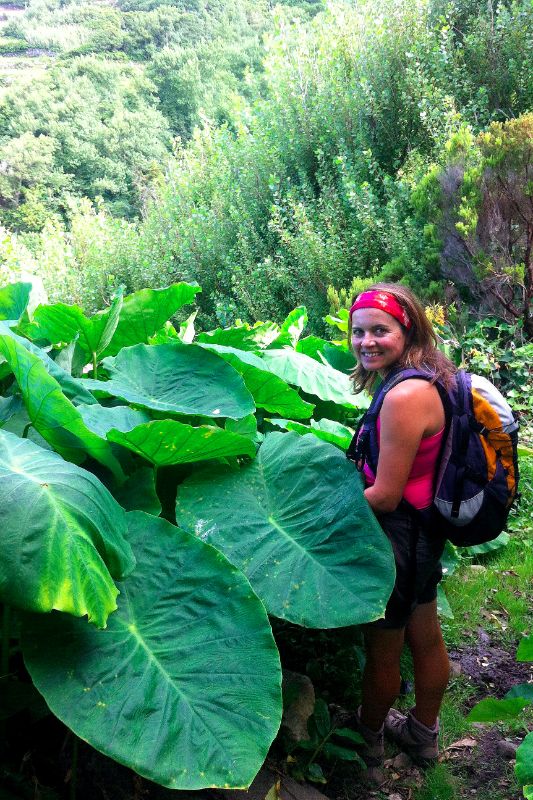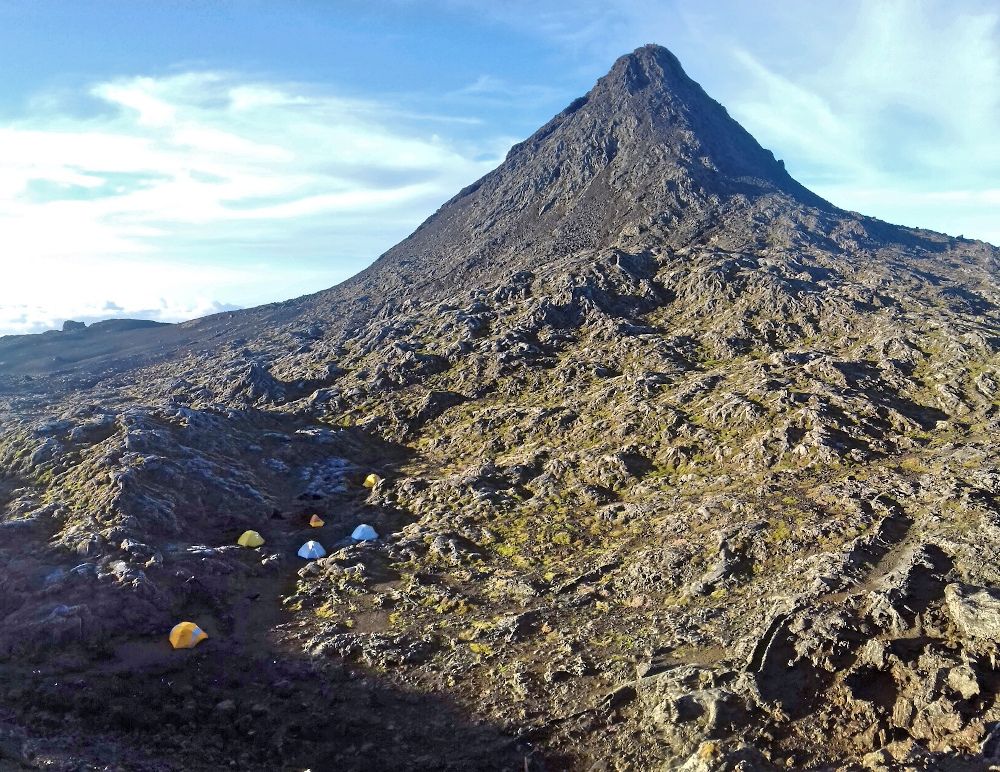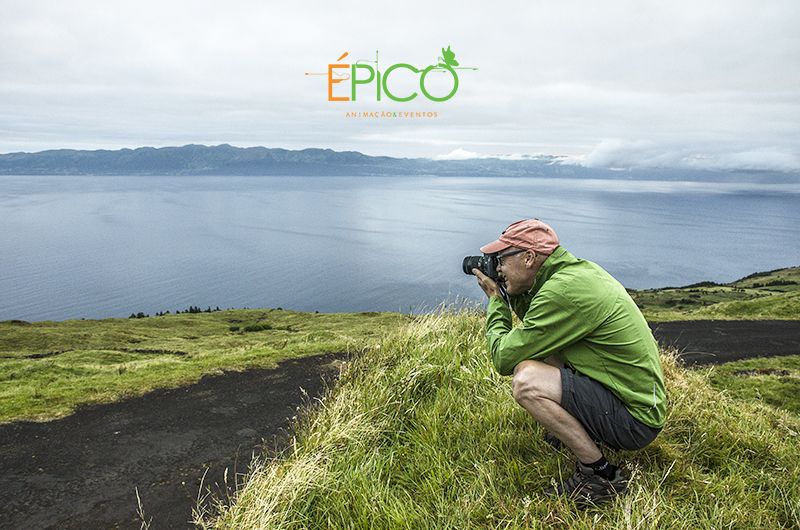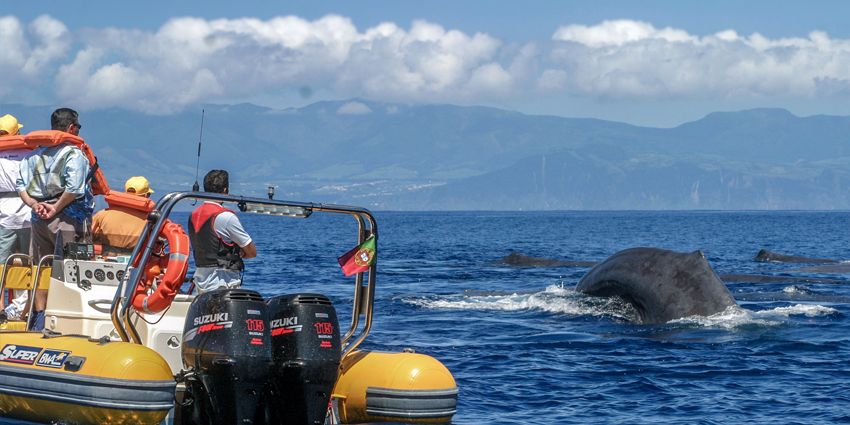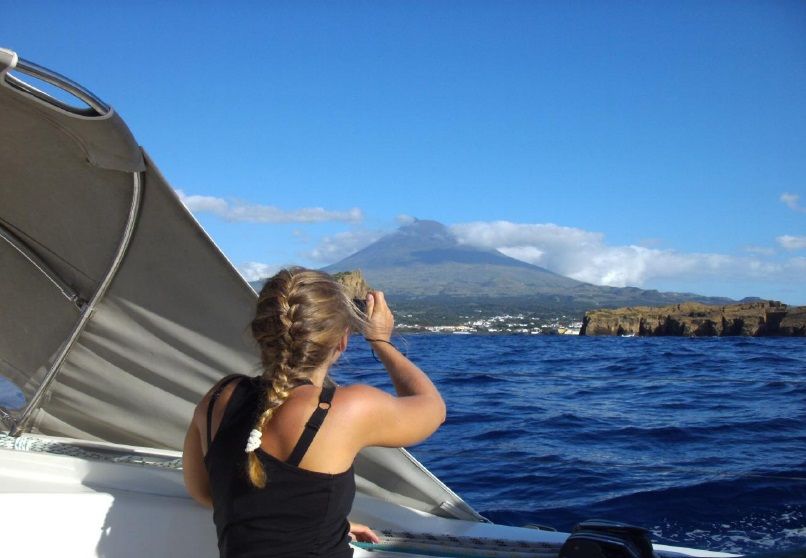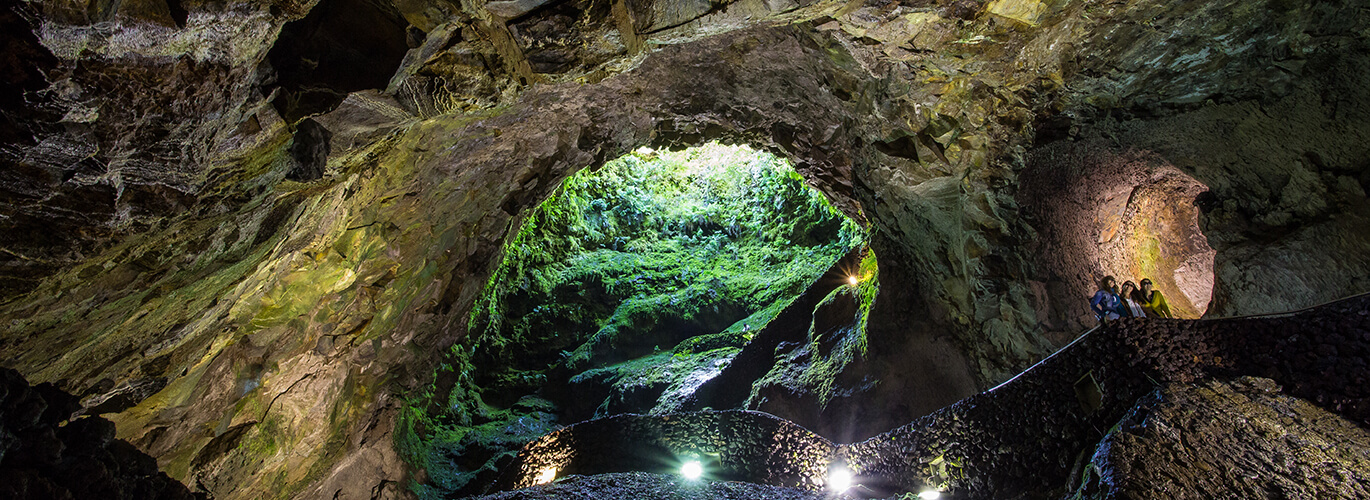
The power of Nature, and the basis for very special experiences.
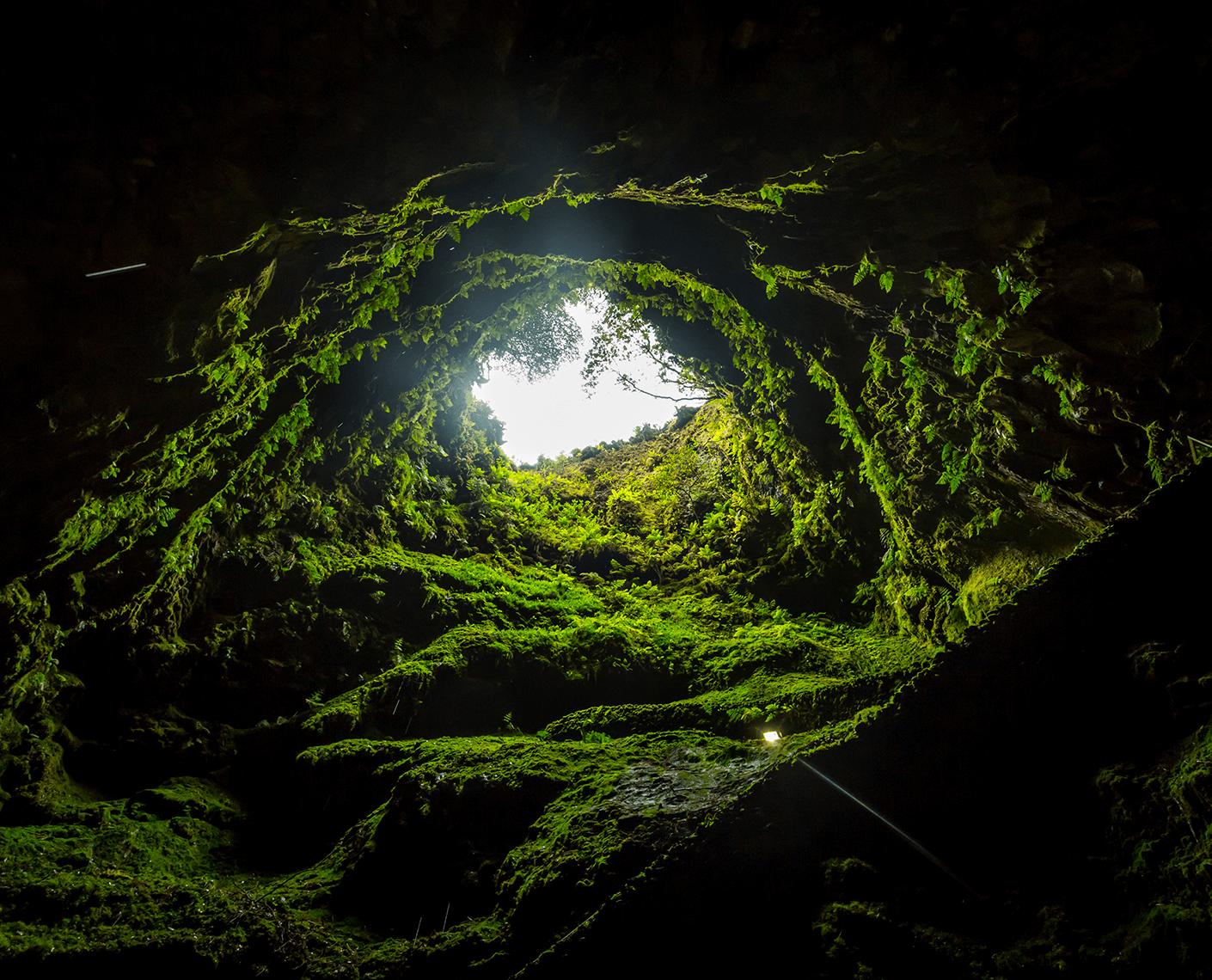
The genesis of the Azores is found upon 1766 volcanoes, nine of which are still active. Underground, almost three hundred volcanic cavities, including caves, ravines and cracks, have been surveyed. The landscape is filled with dry calderas, craters lakes, fumaroles and thermal water springs. In the sea, there are submarine geothermal springs. The mountain of Pico, majestic and with an intact cone, appears to be protecting all this geological wealth. The volcanism of the archipelago impresses for its diversity and creates its own magnetism. It is a witness to the power of Nature, and the basis for very special experiences.
Azores Geopark
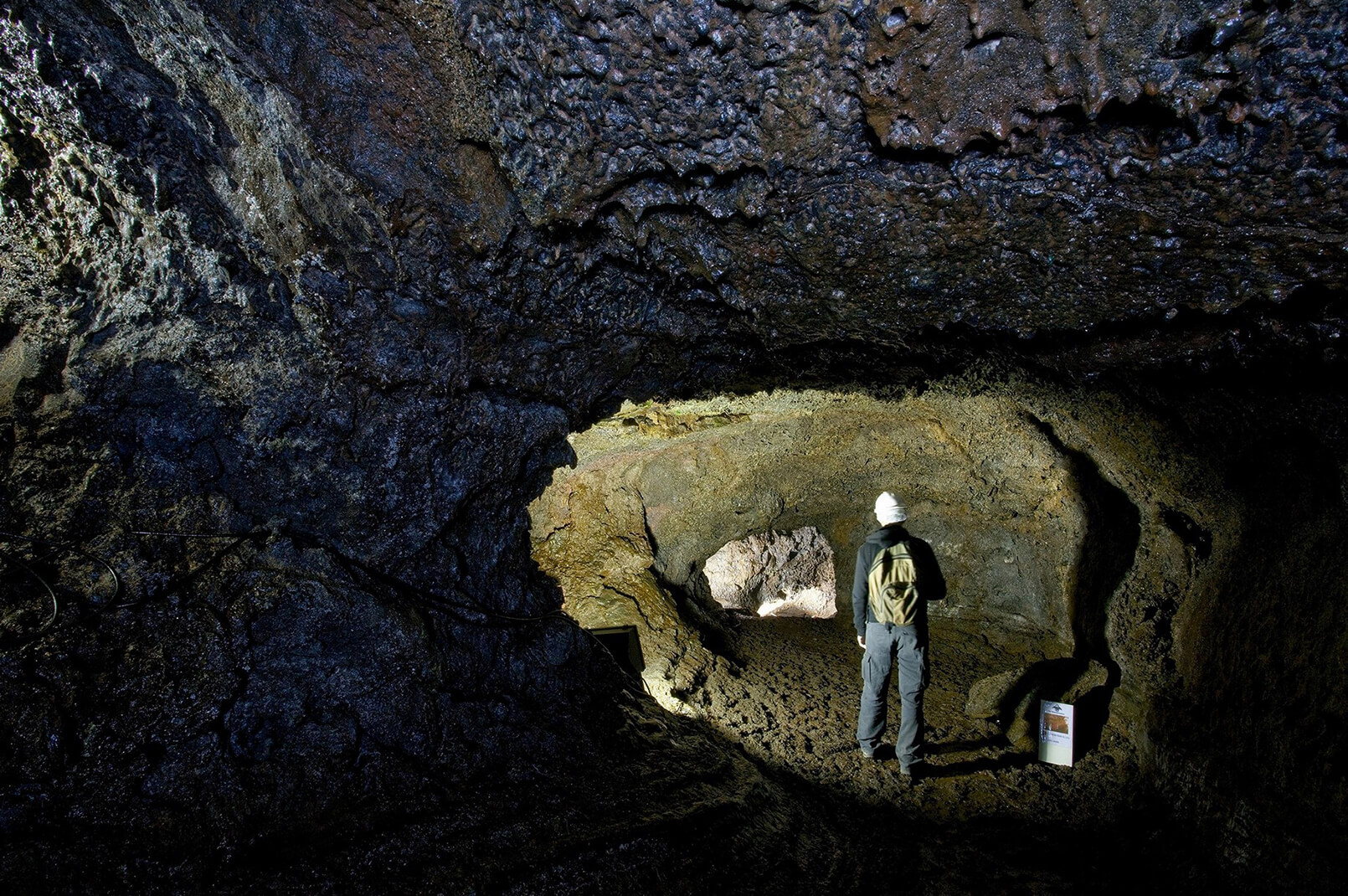
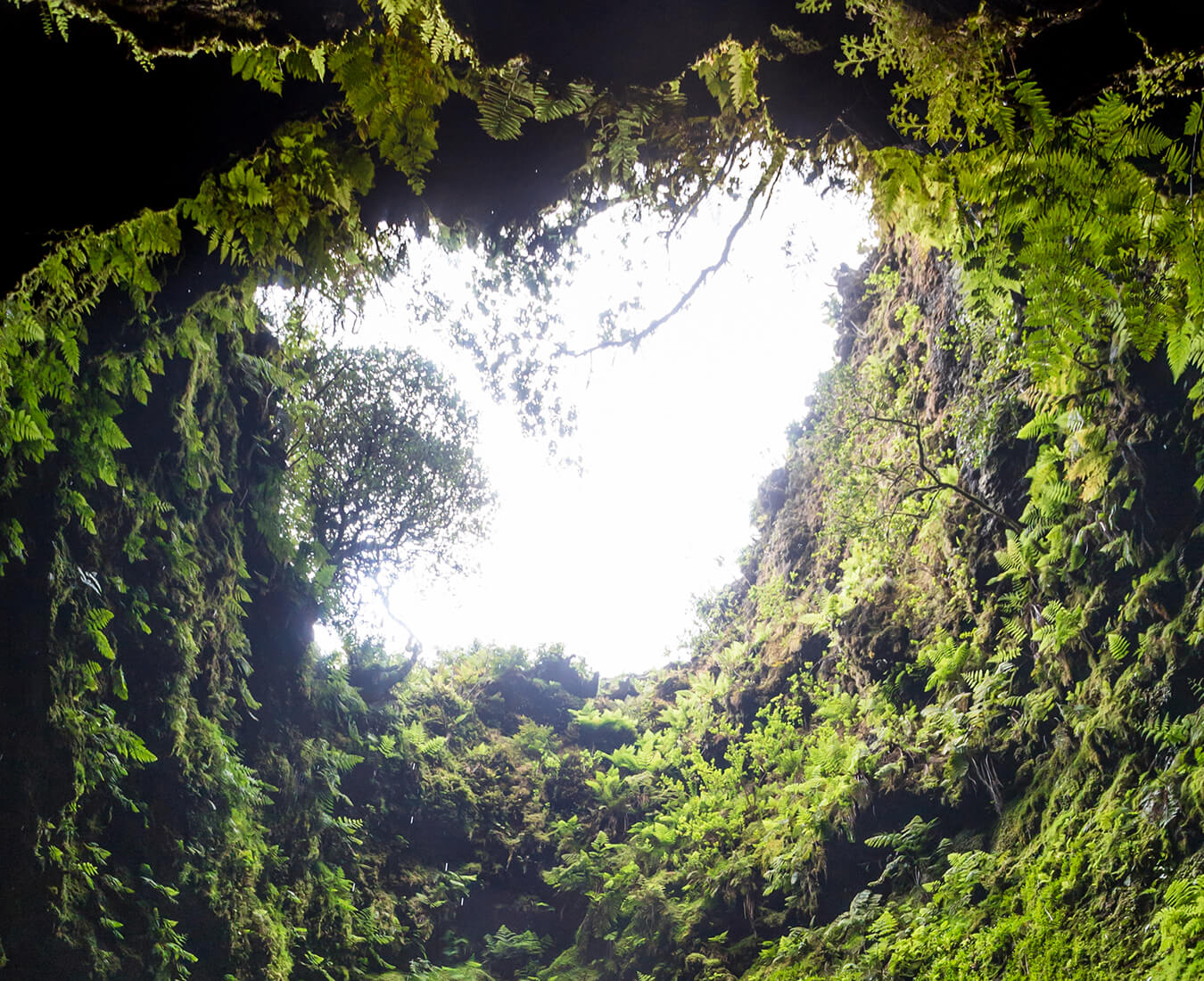
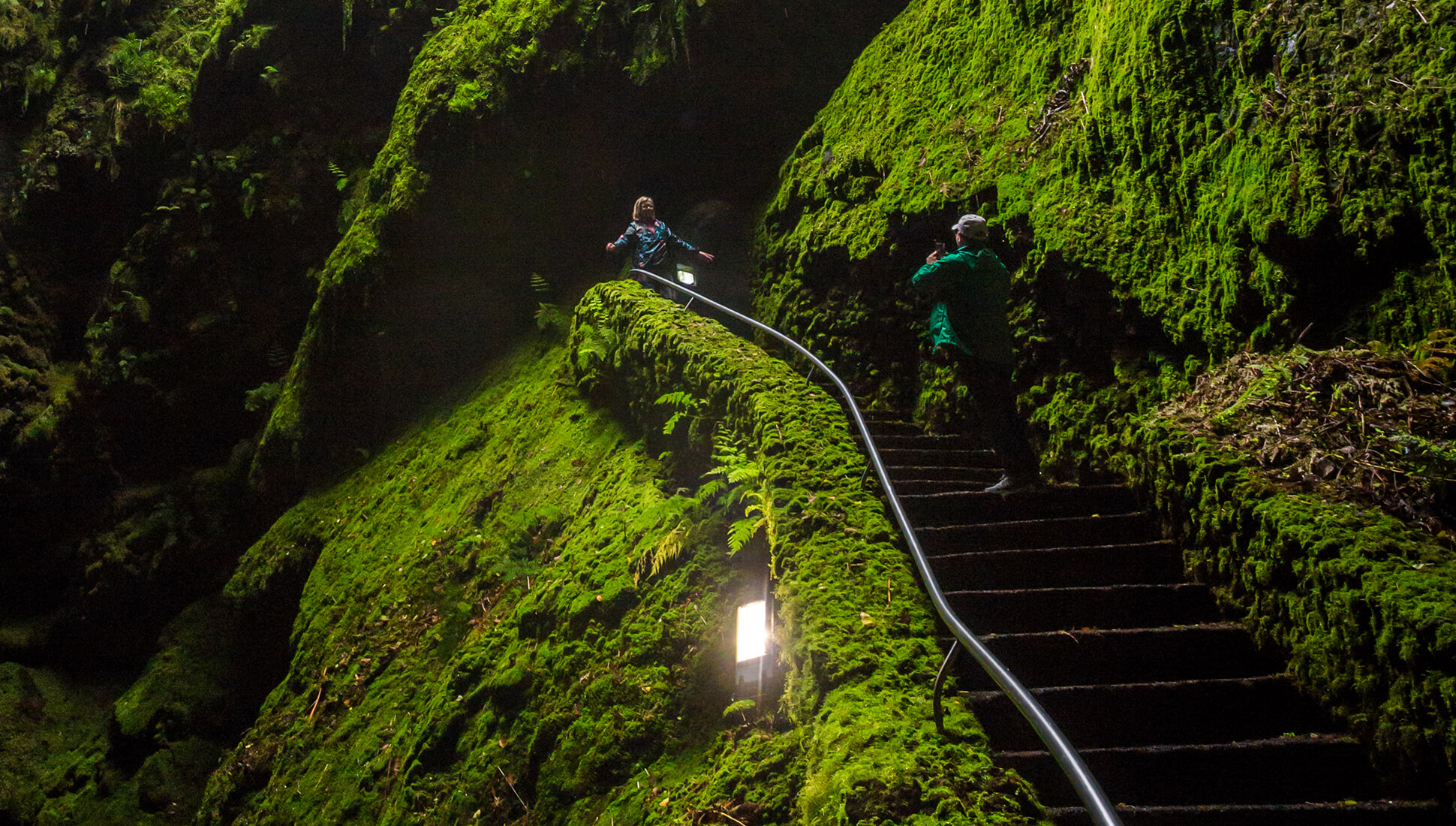
INTERPRETATION CENTRES
The Azores Geopark joined the European Network and Global Geoparks Network in March 2013 under the sponsorship of UNESCO. This integration aims to promote and protect the geological heritage of the archipelago, whilst promoting the sustainable development of the Azores’ environmental, cultural and socio-economic level,which is strongly grounded in Geotourism. The appreciation of geo-diversity, the richness of its natural heritage and scientific, tourist and educational advancement of the Azores’ geosites are essential pillars of this initiative.
Useful Information
- ACCESS
- WHEN?
- WHAT TO BRING?
- FIELD TRIPS
- A FAMILY DAY
- INTERPRETATION CENTRES
- SAFETY










